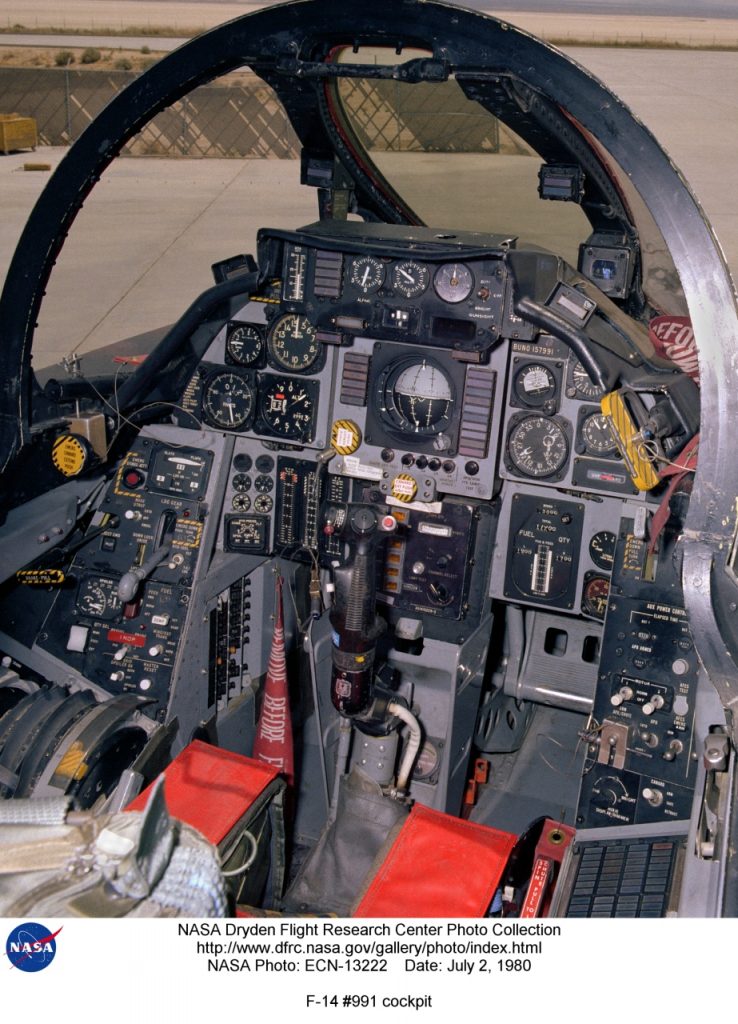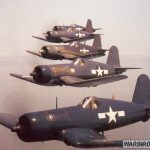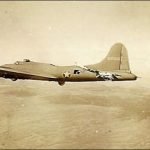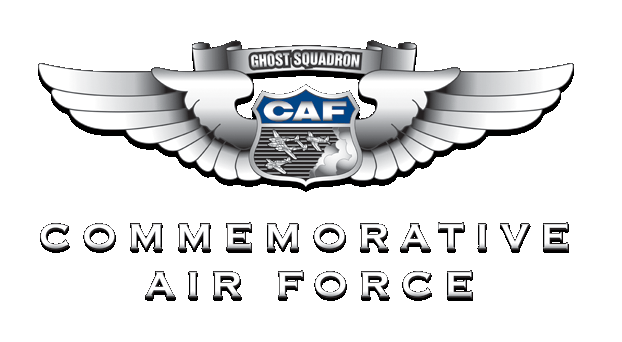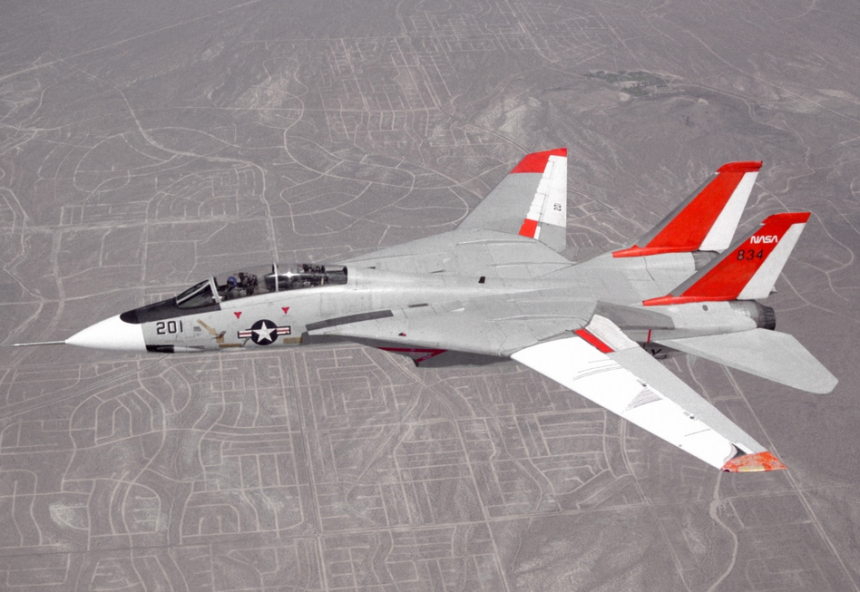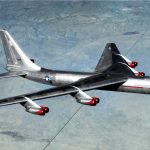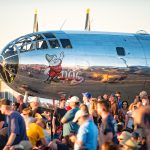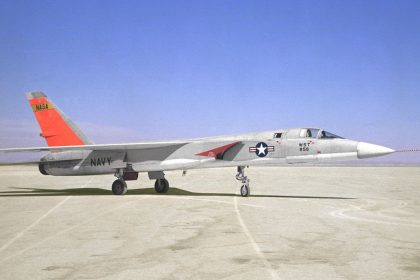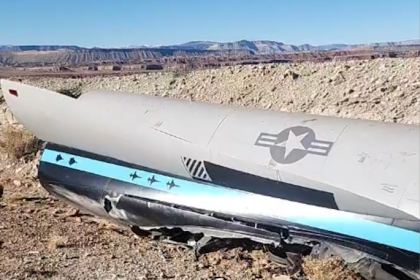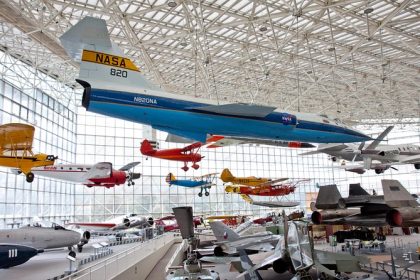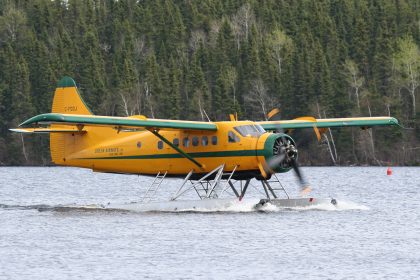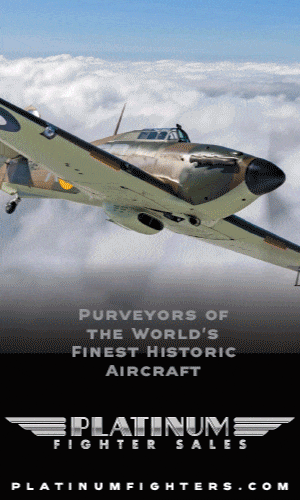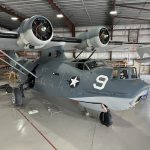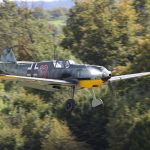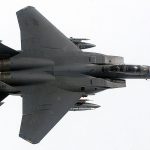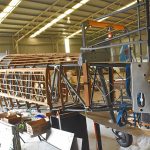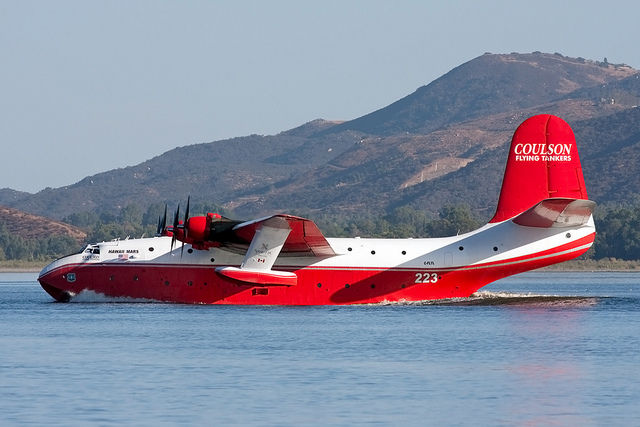With the launch of “The Other First Man,” we introduced a new series titled Flight Test Files, focused on the fascinating legacy of aeronautical advancements pioneered by NACA and later by NASA. This series highlights the aircraft operated by NASA’s Dryden Flight Research Center—now known as the Armstrong Flight Research Center—located in Edwards, California. Since the 1940s, Dryden has been a hub for cutting-edge flight testing, contributing significantly to the development of modern aviation technologies.
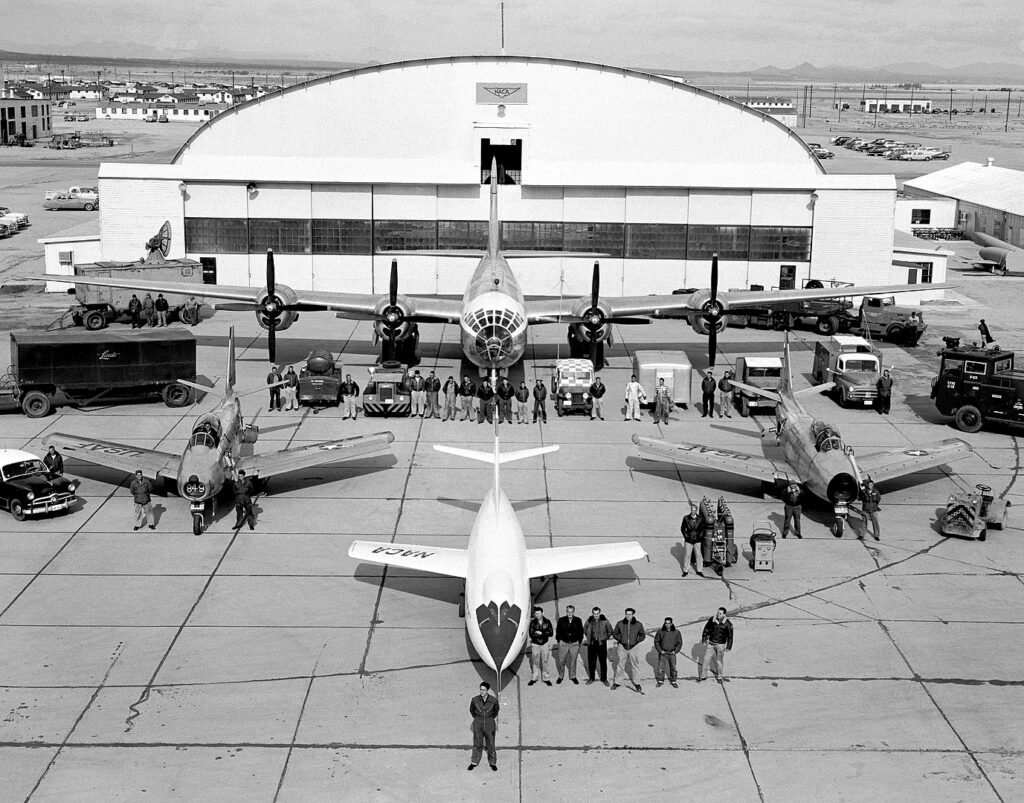
One of the standout aircraft in Dryden’s research history is the Grumman F-14 Tomcat, a legendary Navy fighter jet that played a key role in two major research programs at the center. The first of these involved a specially modified F-14 designated NASA 991, also referred to as F-14 (1X), with the “1X” indicating its role as Grumman’s experimental testbed. From 1979 to 1985, this aircraft was central to a collaborative NASA, Navy, and Grumman effort to explore and improve the F-14’s high-angle-of-attack flight characteristics and spin recovery capabilities. Over the course of 212 flights, the team achieved significant improvements in the Tomcat’s handling at high angles of attack, increased resistance to departure and spin, and a reduction in the aircraft’s tendency to experience “wing rock”—a side-to-side rolling motion that occurs in certain flight regimes.
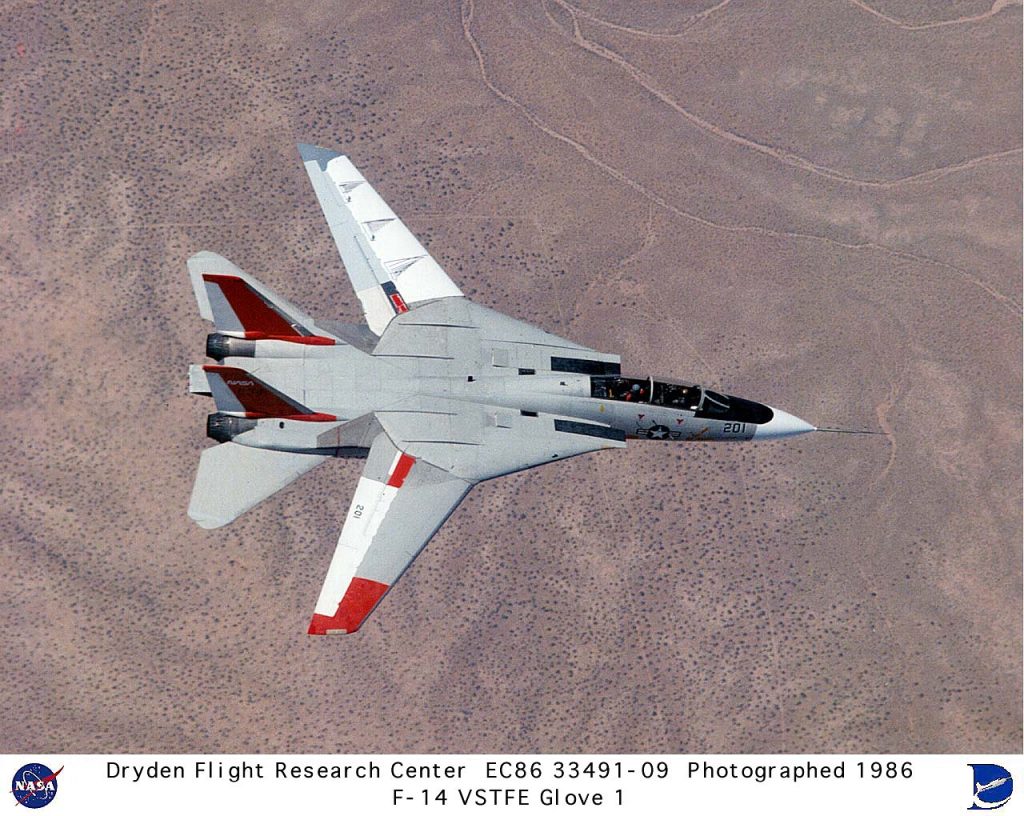
The impetus for the program came from issues the Navy had encountered with inadvertent spin entries, which were traced back to the aircraft’s aileron rudder interconnect system. In response, the NASA/Navy/Grumman team developed and tested four different configurations of the system to mitigate the problem. The F-14’s unique roll control setup, which relies on differential horizontal stabilizers and spoilers rather than traditional ailerons, provided effective control at various speeds but also introduced side forces that could contribute to spin entry. This configuration, while beneficial for carrier takeoffs, added complexity to spin behavior.
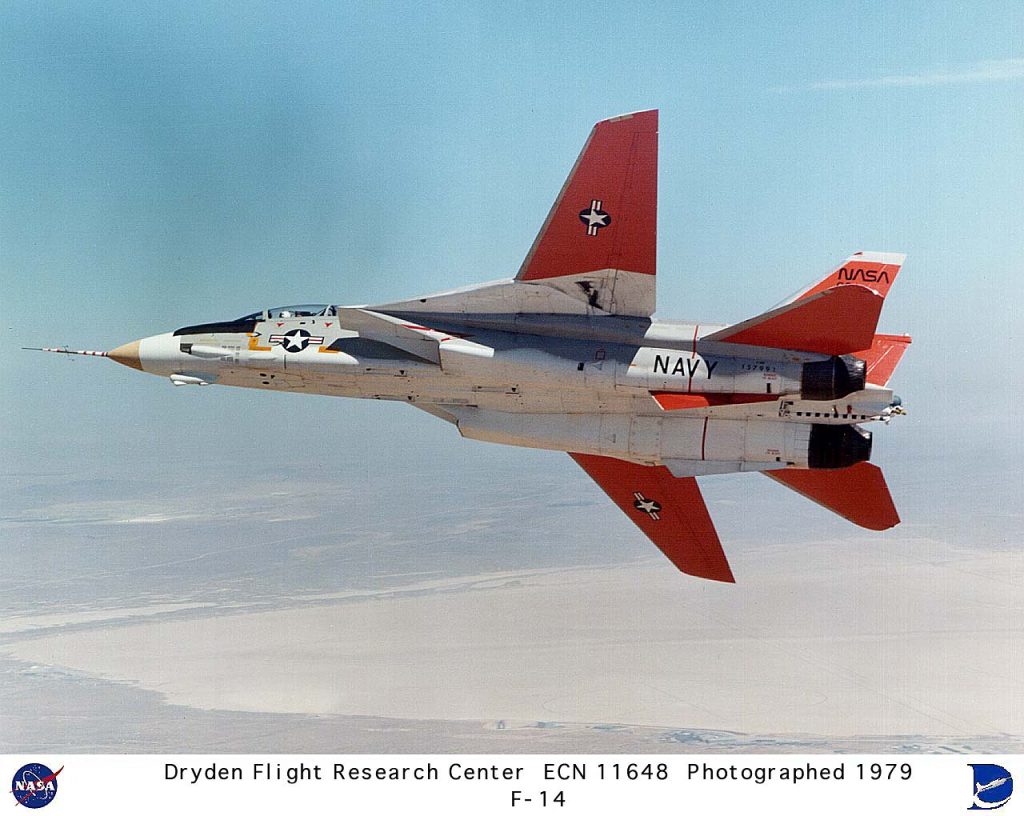
To support the research, NASA 991 was outfitted with several key modifications, including a battery-powered auxiliary power unit, a nose-mounted flight test boom, and a dedicated spin recovery system featuring hydraulically actuated forward canards and an emergency spin parachute. Initially flown by NASA test pilots, including Einar Enevoldson, the aircraft was later handed over to Grumman and Navy test pilots from Naval Air Station Patuxent River. This project marked the first time that air combat maneuvering was incorporated into a test program at Dryden. The Navy brought additional F-14s from Point Mugu and NAS Miramar to evaluate the new spin control laws in simulated combat scenarios. Although these control laws proved effective, they were not implemented in operational F-14s until the F-14D model, introduced nearly 15 years later.
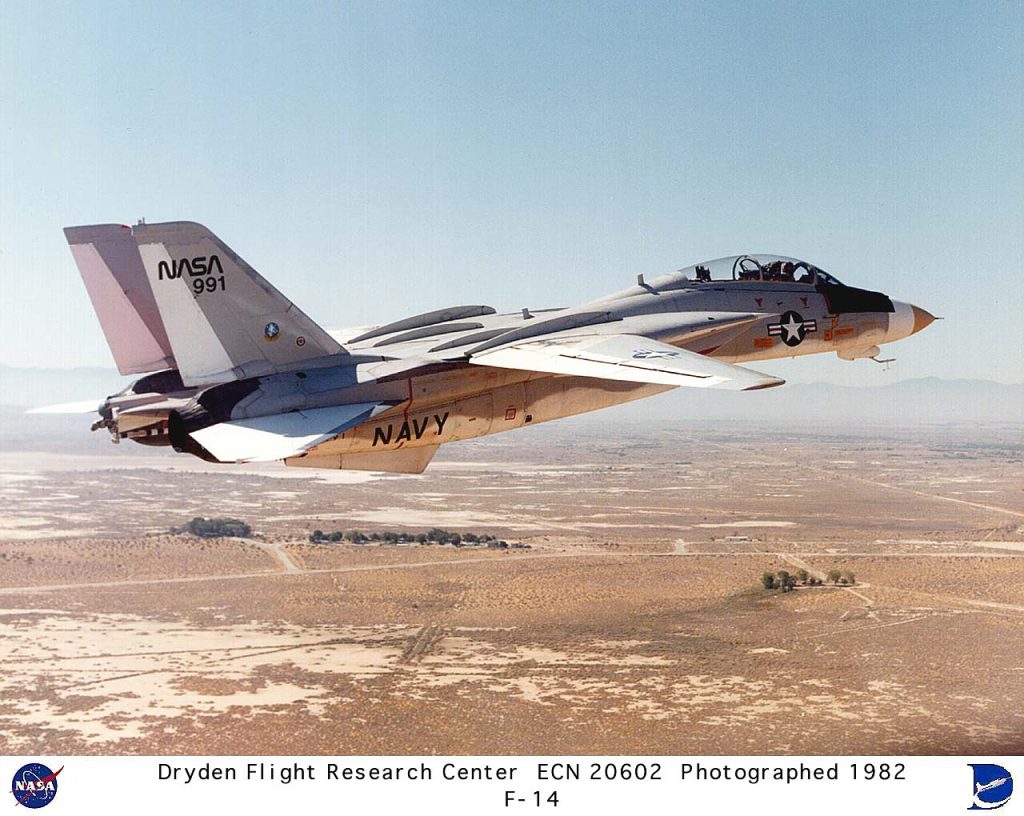
Enevoldson developed a specific maneuvering technique during the program that proved so effective, it was later adopted for spin testing of the F/A-18 High Angle-of-Attack Research Vehicle (HARV). In addition to its primary research mission, NASA 991 also tested a flush air data system for more precise airspeed measurements, contributed to an updated aerodynamic model that remains in use in Navy training simulators, and provided natural laminar flow data that would support many of NASA’s subsequent aerodynamic programs. The aircraft also participated in studies involving low-altitude flight with asymmetric engine thrust. NASA 991 was returned to the Navy on September 6, 1985, having completed its mission and left a lasting impact on both NASA and Navy aviation research.
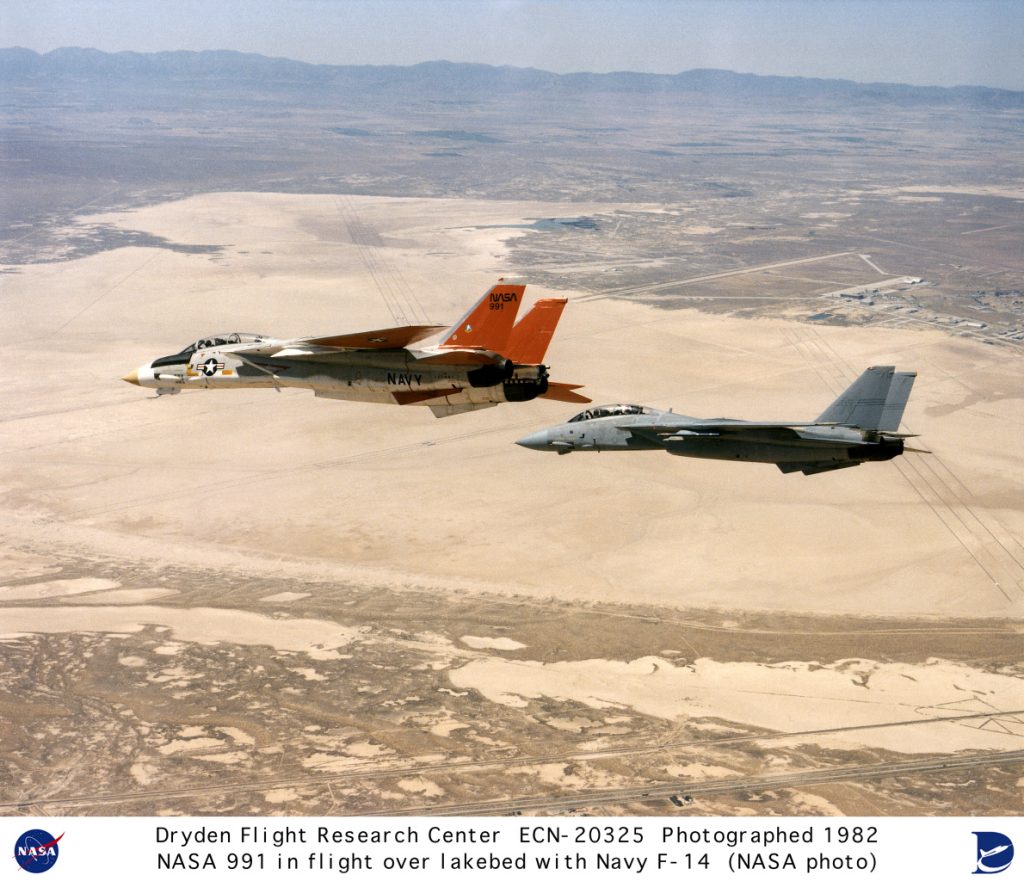
The F-14 would return to Dryden soon after, this time as NASA 834, which participated in a project known as the Variable-Sweep Transition Flight Experiment (VSTFE) in 1986 and 1987. This program aimed to evaluate the potential for natural laminar flow on variable-sweep wing aircraft flying at high subsonic speeds. The data collected was essential for determining how boundary-layer transition occurred under different flight conditions and for guiding the design of future commercial and military transports seeking to optimize efficiency at cruise.
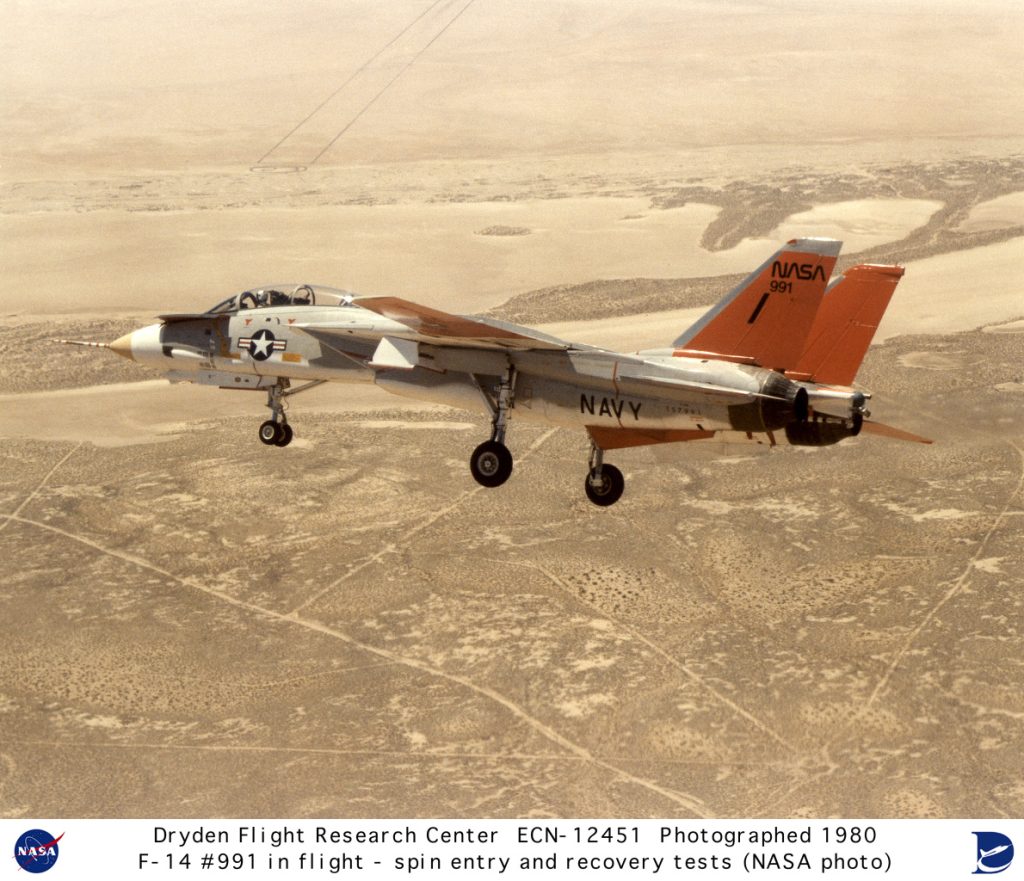
The F-14 was an ideal platform for this research due to its variable-geometry wings, wide range of Mach and Reynolds numbers, availability, and favorable pressure distribution across its wing surfaces. For the VSTFE program, the outer wing panels of NASA 834 were fitted with specially designed natural laminar flow “gloves.” These glove modifications served to smooth the wing surface and alter the airfoil to achieve specific pressure distributions. The first glove, installed on the upper surface of the left wing, refined the standard wing shape, while the second glove was engineered to produce targeted pressure profiles at Mach 0.7, enabling precise analysis of laminar-to-turbulent transition across various sweep angles and flight conditions.
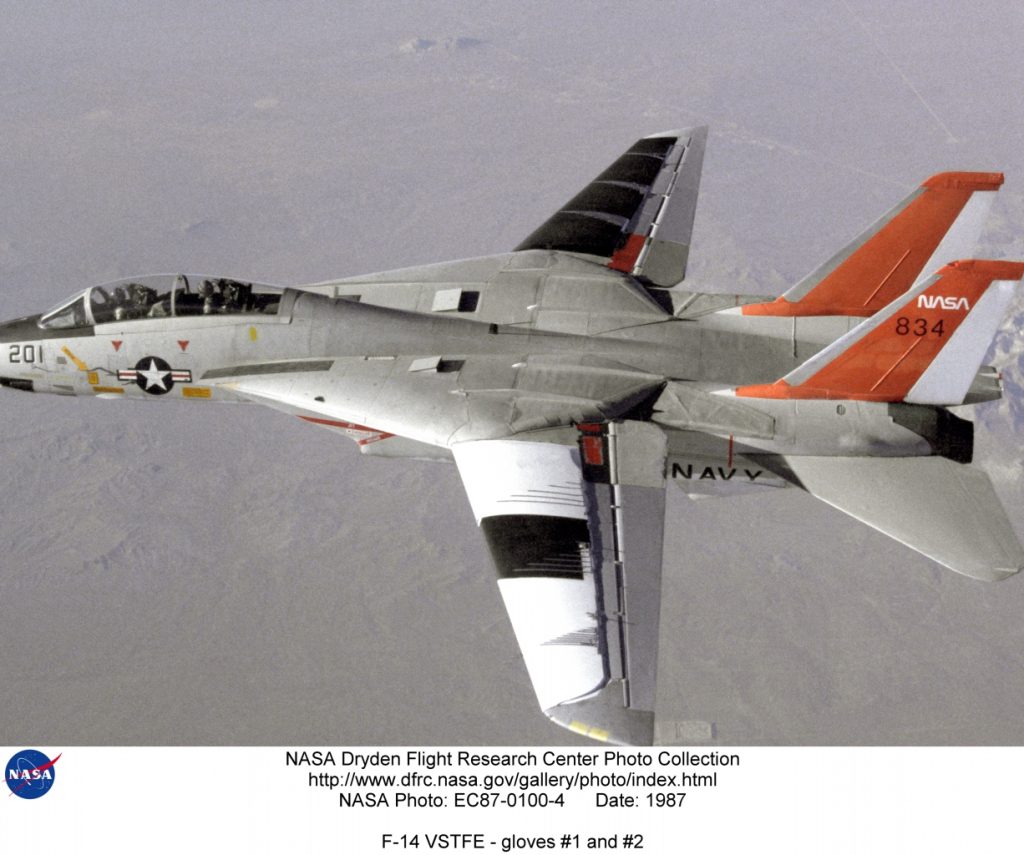
The contributions of both NASA 991 and NASA 834 exemplify how military aircraft like the F-14 Tomcat have played critical roles in advancing our understanding of aerodynamics, flight control, and design optimization. Through rigorous flight testing and collaboration across agencies, these aircraft helped pave the way for improvements not only in naval aviation but also in future generations of research and commercial aircraft. As we continue our journey through the Flight Test Files, stories like these remind us of the ingenuity and perseverance that continue to shape the skies.
